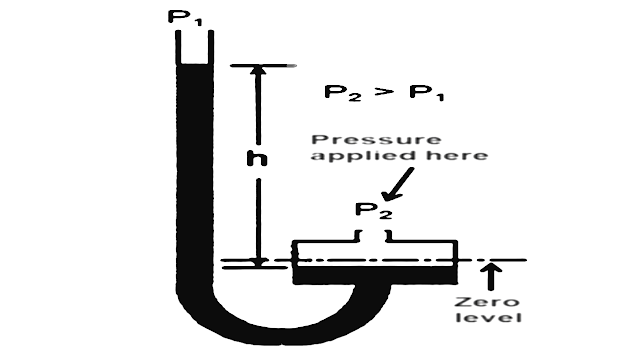Pressure Switch | Pressure Transmitter
Pressure Switch A pressure switch is an ON/OFF device that activates (changes electrical contact) when the pressure reaches a preset setpoint. A pressure switch is a simple device that monitors pressure and turns ON/OFF a circuit when pressure reaches a set value. How it Works Pressure acts on a diaphragm or piston. When pressure crosses the setpoint, the internal NO/NC contact changes state. You set a pressure value (Setpoint). When the process pressure rises above or falls below that setpoint, the switch contacts change state (NO→NC or NC→NO). It gives only ON/OFF output. Output Type NO/NC Contact Relay Output Applications Pump start/stop (flow detection) High/low pressure alarm Compressor control (gas pressure checking) Safety interlock (line pressure checking) Pressure Transmitter A pressure transmitter measures pressure continuously and s...



